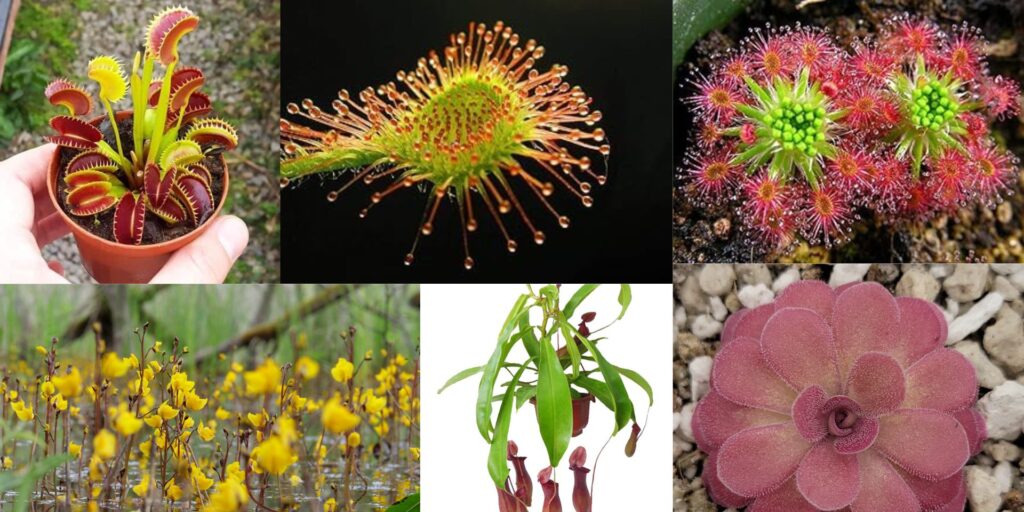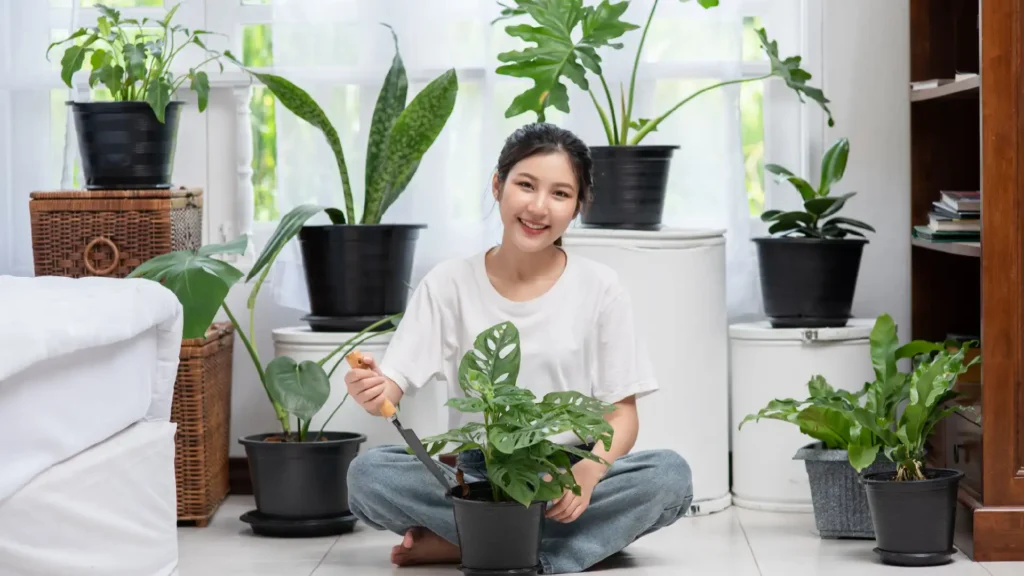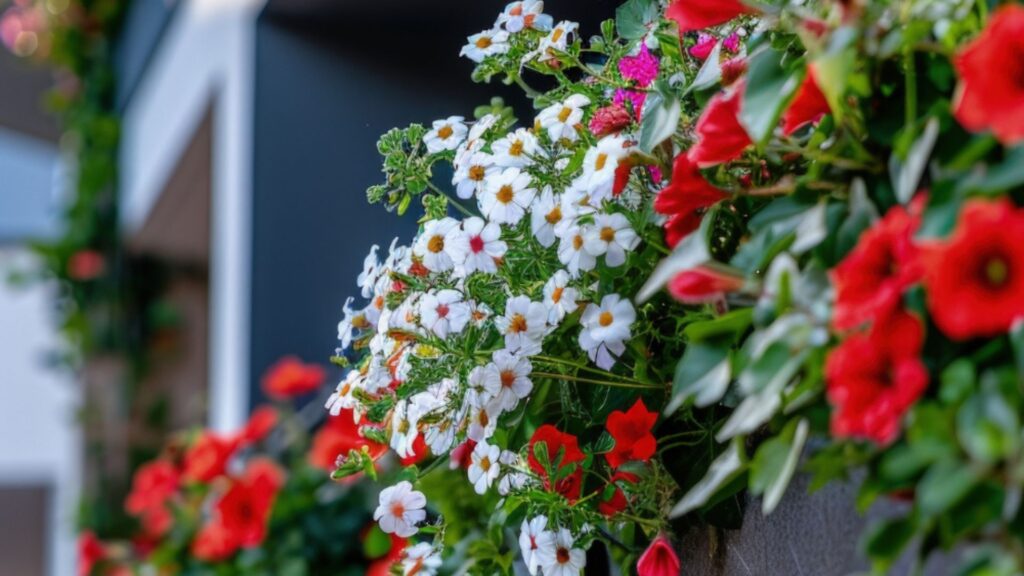5 insectivorous plants with names and pictures – Insectivorous plants are a fascinating addition to any plant collection, not only for their unique appearance but also for their incredible ability to attract, trap and digest insects. At Binney Botanics, we celebrate the wonders of these plants and bring you five insectivorous varieties that are as functional as they are attractive. Learn about these extraordinary plants, with names and photos, to enhance your botanical knowledge and your garden.
5 insectivorous plants with names and pictures
1. Venus Flytrap (Dionaea muscipula)
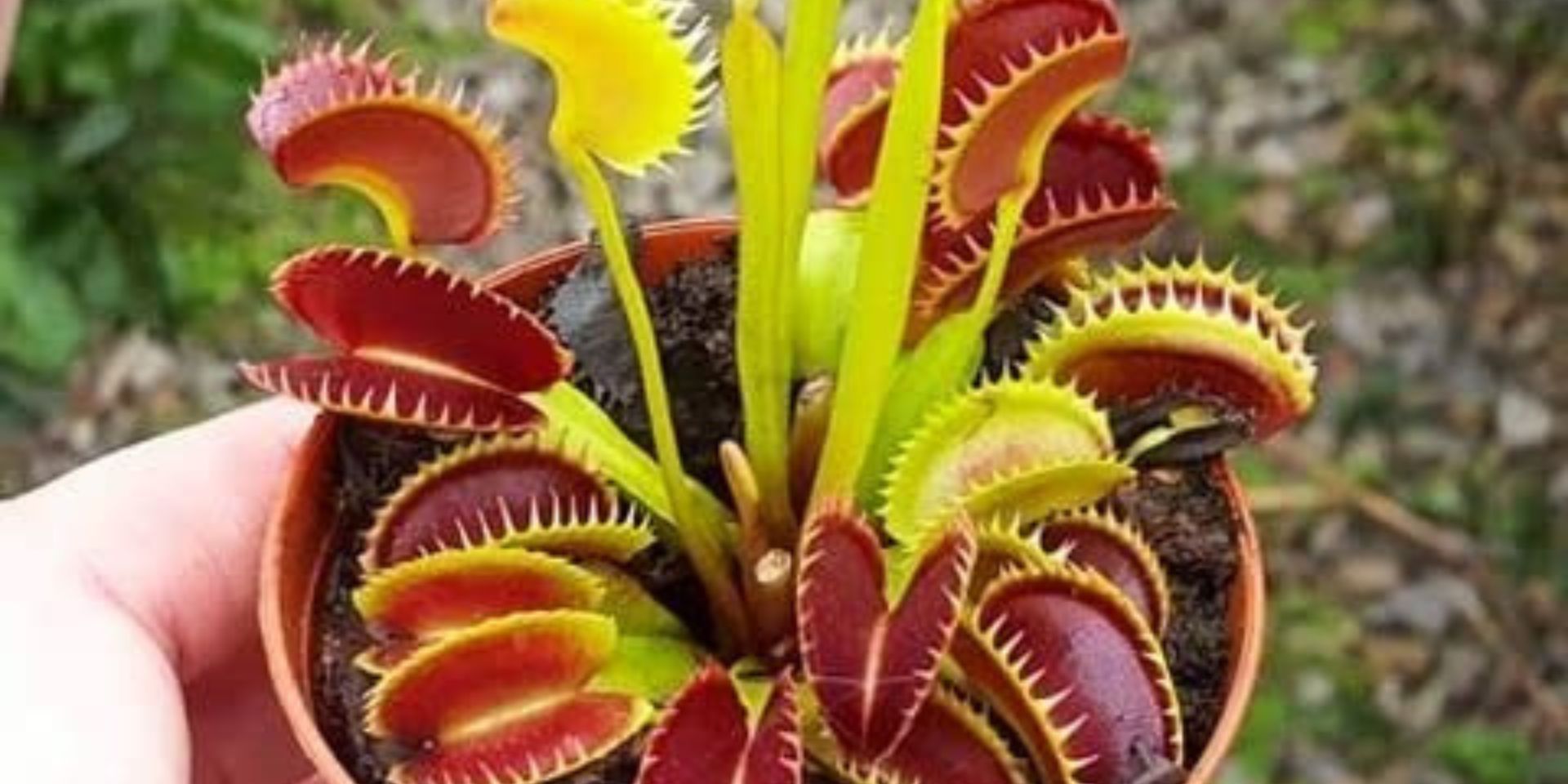
The Venus flytrap is perhaps the most iconic insectivorous plant. Found in the subtropical wetlands of the East Coast of the United States, this plant is famous for its jaw-like leaves that snap shut when triggered by unsuspecting prey. The Venus flytrap’s leaves have sensitive hairs that close the trap when touched twice by an insect, providing the plant with nutrients.
Care Tips:
- Light: Prefers bright, indirect sunlight.
- Water: Keep the soil moist with distilled water or rainwater.
- Soil: Use a mix of sphagnum peat moss and perlite.
2. Pitcher Plant (Sarracenia)

Pitcher Plants are another remarkable group of insectivorous plants. Found in a variety of habitats across North America, these plants have tubular, pitcher-shaped leaves that lure insects with nectar. Once inside, the insects are unable to escape due to the slippery walls and downward-pointing hairs, ultimately drowning in the digestive fluids at the bottom of the pitcher.
Care Tips:
- Light: Requires full sun to partial shade.
- Water: Use distilled or rainwater to keep the soil consistently damp.
- Soil: Ideal in a mix of sphagnum moss and sand.
3. Sundew (Drosera)

Sundews are mesmerizing insectivorous plants that use sticky, glandular hairs on their leaves to trap and digest insects. These hairs secrete a sweet, mucilaginous substance that glistens like morning dew, attracting insects. Once an insect is ensnared, the plant’s leaves slowly curl around the prey, allowing for thorough digestion.
Care Tips:
- Light: Thrives in bright, indirect light.
- Water: Keep the soil wet with distilled water or rainwater.
- Soil: Best in a mix of sphagnum peat moss and perlite.
4. Butterwort (Pinguicula)
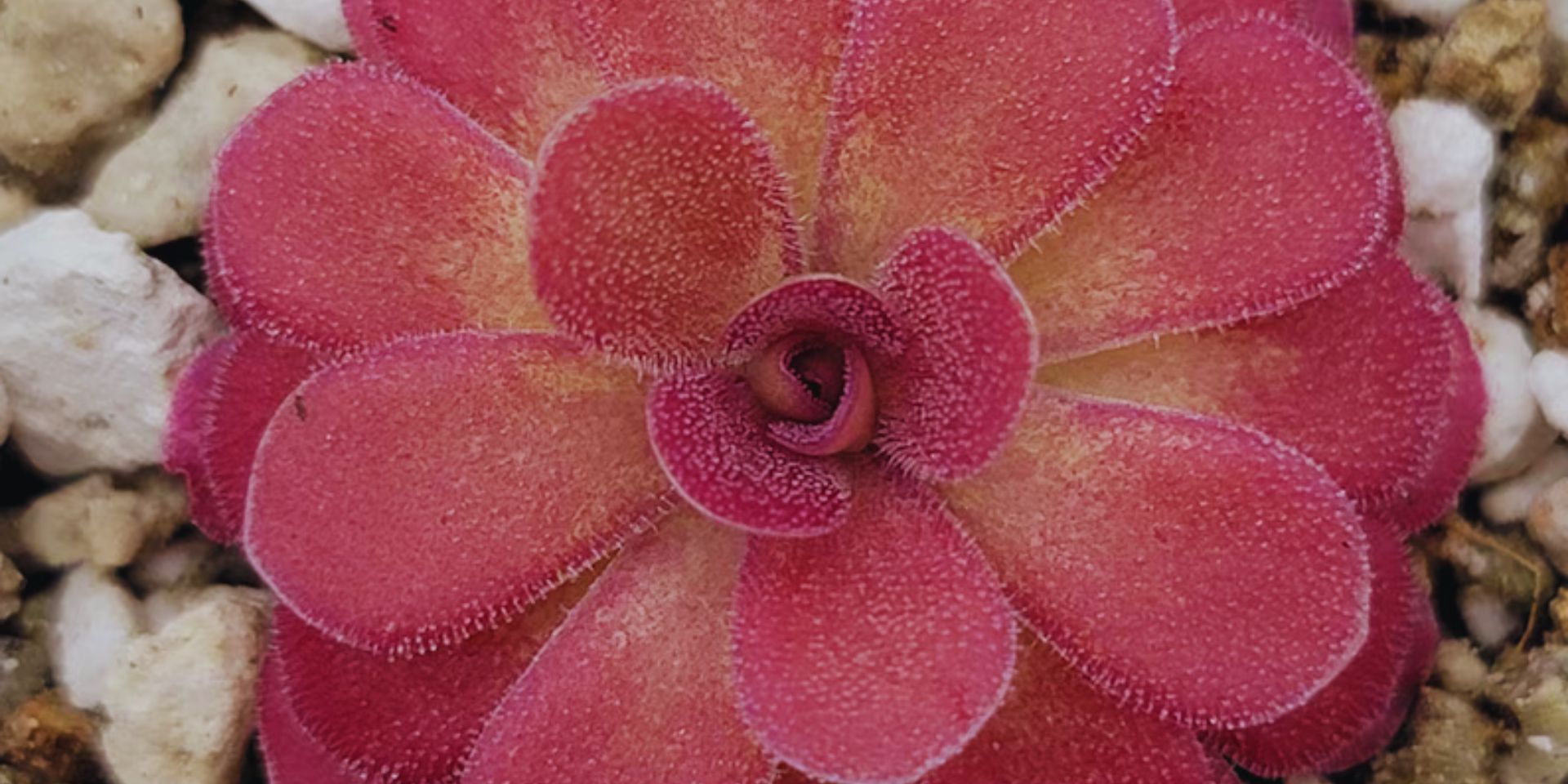
Butterworts are delicate yet deadly to insects. They have flat, succulent leaves covered in a sticky secretion that traps and digests insects. These plants are found in various climates around the world, from Europe to North America. Butterworts are particularly effective at controlling small flying insects like gnats and aphids.
Care Tips:
- Light: Prefers bright, indirect sunlight.
- Water: Maintain moist soil with distilled water or rainwater.
- Soil: Suitable in a mix of peat moss and sand.
5. Bladderwort (Utricularia)
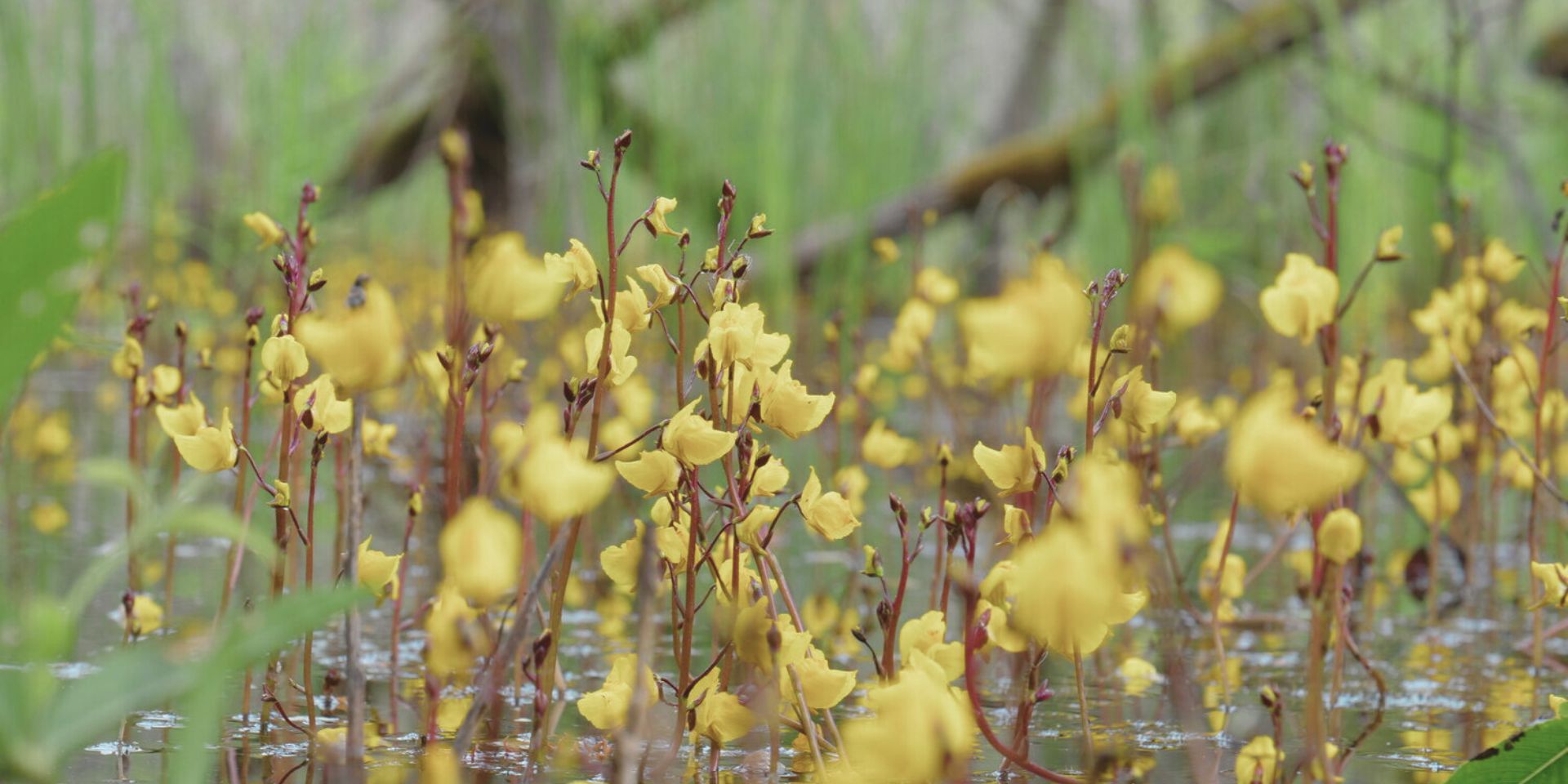
Bladderworts are unique aquatic or terrestrial insectivorous plants that use small bladder-like traps to capture prey. These bladders create a vacuum that sucks in tiny insects and other small organisms when triggered. Found in a variety of habitats worldwide, Bladderworts are among the fastest-acting insectivorous plants.
Care Tips:
- Light: Full sun to partial shade is ideal.
- Water: Keep the plant in waterlogged conditions with distilled water or rainwater.
- Soil: Use a mix of peat and sand for terrestrial varieties.
Why Choose Insectivorous Plants for Your Garden?
Insectivorous plants are not only intriguing but also serve as natural pest control agents. They reduce the need for chemical pesticides, promoting a healthier environment for other plants and wildlife. Moreover, these plants add a unique aesthetic to your garden, making them a conversation starter and a point of interest for visitors.
How to Care for Insectivorous Plants
Insectivorous plants generally require specific care to thrive:
- Watering: Use distilled water or rainwater to avoid mineral buildup that can harm these sensitive plants.
- Soil: A mix of sphagnum peat moss and perlite or sand provides the right environment for their roots.
- Light: Most insectivorous plants need bright, indirect sunlight, though some varieties like Pitcher Plants and Bladderworts can tolerate more direct light.
Conclusion
Adding insectivorous plants to your collection can be a rewarding experience, combining the beauty of nature with the practicality of pest control. At Binny Botanics, we offer a variety of these fascinating plants, complete with care instructions to help you succeed. Explore our selection and bring home a piece of the extraordinary world of insectivorous plants today!
